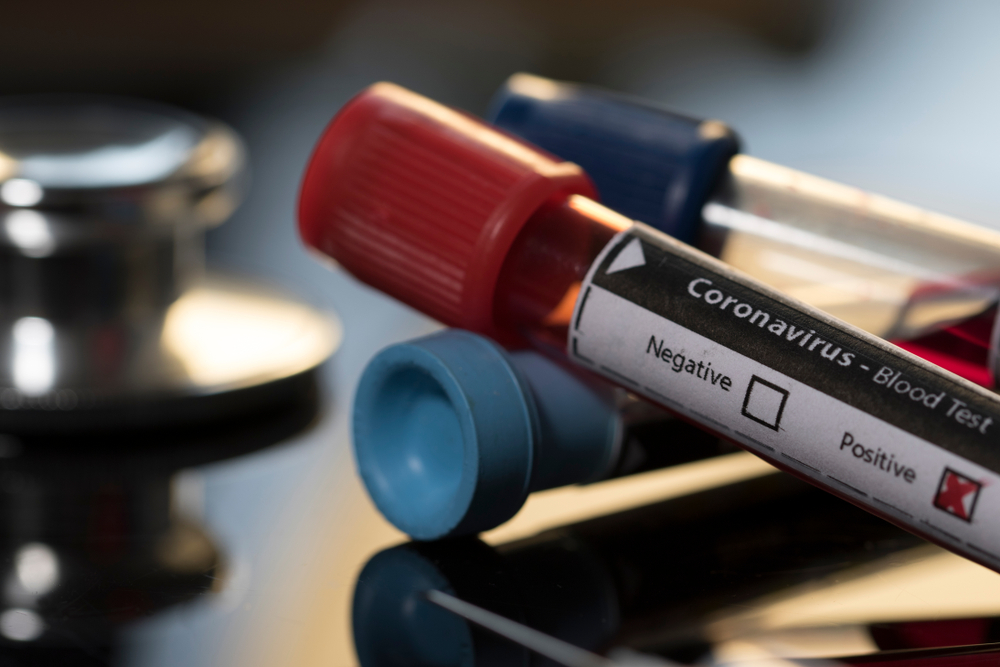
Wuhan, the epicenter of the coronavirus (COVID-19) epidemic, is also a production hub for pharmaceutical ingredients for the United States. As the virus spreads throughout China, the U.S. drug supply remains vulnerable to reduced production and export of essential materials. There are 400 drug manufacturers in China.
This was the testimony of experts on Wednesday to the U.S. Senate Homeland Security and Governmental Affairs Committee during a roundtable discussion entitled, “Are We Prepared? Protecting the U.S. from Global Pandemics.”
“What we’re finding now is that China in many cases was the only supplier of these raw ingredients,” said Scott Gottlieb, former Food and Drug Administration commissioner. “What we’ve identified is a chokehold through this (coronavirus) episode… It calls into question, I believe, whether we have the right policies in terms of what we look for with potential disruptions to the supply chain.”
These disruptions include fewer production workers going to their jobs as a result of the coronavirus, either because of illness or due to fear of contracting the virus. Since the outbreak, the United States has also pulled out pharmaceutical inspectors from China, which means a greater reliance on U.S. import sampling as a substitute.
“The third-largest import from China to the U.S. is medical supplies … we can see shortages of masks and gloves,” U.S. Sen. Gary Peters (D-MI) said.
Parts of complex medical supplies are also manufactured in China.
“If this epidemic extends a month or two, we’re going to see a shortage of critical components,” Gottlieb said.
This raised a question for the committee: Is the United States stockpiling the right kind of equipment in case of a pandemic?
Julie Gerberding, former director of the Centers for Disease Control and Prevention, told the committee she was equally concerned with the antibiotics supply.
“When people have a coronavirus infection in the hospital, they’re very prone to develop additional drug-resistant bacterial infections on top of it, and we don’t have the right antibiotics to treat those infections because we have a different kind of market failure there,” Gerberding said.
The ability to pay for those drugs and incentivize manufacturers to create them is the crux of the problem, she added. In the last year, several small companies have gone out of business because they can’t get the reimbursement.
The coronavirus epidemic could push the United States to re-domesticate the production of pharmaceutical raw ingredients. It may also be an opportunity to convert facilities in India so that the reliance isn’t solely on China, Gottlieb said.
When it comes to addressing the spread of coronavirus in the United States, state and local health workers are on the frontlines of disease management. Do public health workers, especially in rural areas, have the best technology to address the virus?
Luciana Borio, former director for medical and biodefense preparedness at the National Security Council, didn’t think so.
“It is clear today’s system doesn’t leverage the most innovative technologies that exist in the marketplace. And it’s hard to imagine we’re going to achieve the level of preparedness we need to in the absence of exploiting more of those technologies, which includes telemedicine and telehealth.”
Beyond technology and pharmaceuticals, the panelists addressed what was necessary to optimize U.S. preparedness for the coronavirus. Asha George, executive director of the Bipartisan Commission on Biodefense, said officials need to examine other countries and assume the same thing will happen in the United States. The experts were especially concerned about coronavirus outbreaks happening in Singapore. One might expect the virus wouldn’t take hold in summer months, such as with other coronaviruses, but this virus may be defying medical norms there.
“It’s also important to be looking at the new cases and the clusters we’re seeing around the world in places we wouldn’t expect to see them,” George said. “There’s a cluster in France right now and that should inform what we’re doing here and what we’re planning for … I think we have to plan for something larger.”
Planning for something larger means having fiscal support said U.S. Sen. Kamala Harris (D-CA), who criticized President Trump’s fiscal year 2021 budget cuts to the CDC and the National Institutes of Health.
“These are critical agencies that must respond to the coronavirus,” she said.
Harris then asked the experts what public health programs should be prioritized to ensure the United States is prepared to address this outbreak and future outbreaks.
“It’s a question that’s been asked for many years and it’s been frustrating to answer it for many years,” Gerberding said. “When something happens as a nation, we go from complacency to crisis, complacency to crisis.”
The United States should train more public health experts to be deployed overseas, Gerberding added. She also said more could be done to build up the public health laboratories, the network of laboratories that respond to novel strains of disease, foodborne outbreaks, natural disasters and other health emergencies. Finally, she cautioned that the U.S. health system has little surge capacity.
Nikki Clowers, managing director of the Health Care Team at the U.S. Government Accountability Office, told the committee that federal funding for preparedness, which often takes monies from routine preparedness to support emergency operations, is “robbing Peter to pay Paul.” Clowers added that officials shouldn’t “lose sight of tomorrow” because “there are other public health threats.”




